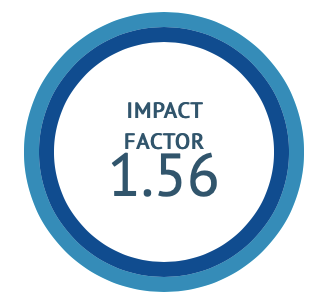In-Vivo Anti Oxidant Effect of Mukta Pishti against Paracetamol Induced Hepatic Damage in Wistar Albino Rats
DOI:
https://doi.org/10.47552/ijam.v16i2.5530Keywords:
Mukta pishti, Oxidative stress, Cultured pearl, Free radical scavenging activity, Paracetamol, Anti-oxidantAbstract
Mukta Pishti is a unique Herbo-mineral calcium containing formulation in Ayurveda. It is widely practiced as anti-ulcerative and antacid but traditionally it has mentioned as Ayushya, Vrishya, Rasayani, Balya kara etc. which has broad spectrum use to enhance our quality of life.
This study aimed to evaluate the antioxidant activity of Mukta pishti in Wister albino rats, particularly its protective effects against paracetamol (PCM)-induced hepatic damage by oxidative stress.
Mukta pishti was prepared through a traditional Ayurvedic process, including shodhana with jayanti patra swarasa and bhavna with Gulaba arka over 21 days. A total of 30 Wister albino rats were divided into five groups, for a 14-day treatment protocol: vehicle control, negative control (PCM), standard (silymarin), and two Mukta pishti treatment groups (100 mg/kg and 200 mg/kg) body weight. Biochemical analyses of serum and liver tissues were conducted post-treatment to assess oxidative stress markers, including glutathione (GSH), superoxide dismutase (SOD), catalase (CAT), and malondialdehyde (MDA).
Mukta pishti administration significantly reduced MDA levels (p<0.001) and increased GSH (p<0.001), SOD (p<0.0001), and CAT levels (p<0.0001) in serum, indicating strong antioxidant activity, particularly at the 200 mg/kg dose. Liver homogenate results varied, suggesting enzyme interactions affecting oxidative stress markers.
Mukta pishti exhibits significant antioxidant properties, potentially through mechanisms involving cell membrane stabilization and activation of antioxidant enzymes. These findings support its traditional use in treating oxidative stress-related conditions and highlight its therapeutic potential in liver protection against toxic agents. Further studies are needed to elucidate the specific pathways involved in its protective effects.
Downloads
Published
How to Cite
Issue
Section
License
Copyright (c) 2025 International Journal of Ayurvedic Medicine

This work is licensed under a Creative Commons Attribution-NonCommercial-ShareAlike 4.0 International License.
The author hereby transfers, assigns, or conveys all copyright ownership to the International Journal of Ayurvedic Medicine (IJAM). By this transfer, the article becomes the property of the IJAM and may not be published elsewhere without written permission from the IJAM.
This transfer of copyright also implies transfer of rights for printed, electronic, microfilm, and facsimile publication. No royalty or other monetary compensation will be received for transferring the copyright of the article to the IJAM.
The IJAM, in turn, grants each author the right to republish the article in any book for which he or she is the author or editor, without paying royalties to the IJAM, subject to the express conditions that (a) the author notify IJAM in advance in writing of this republication and (b) a credit line attributes the original publication to IJAM.




